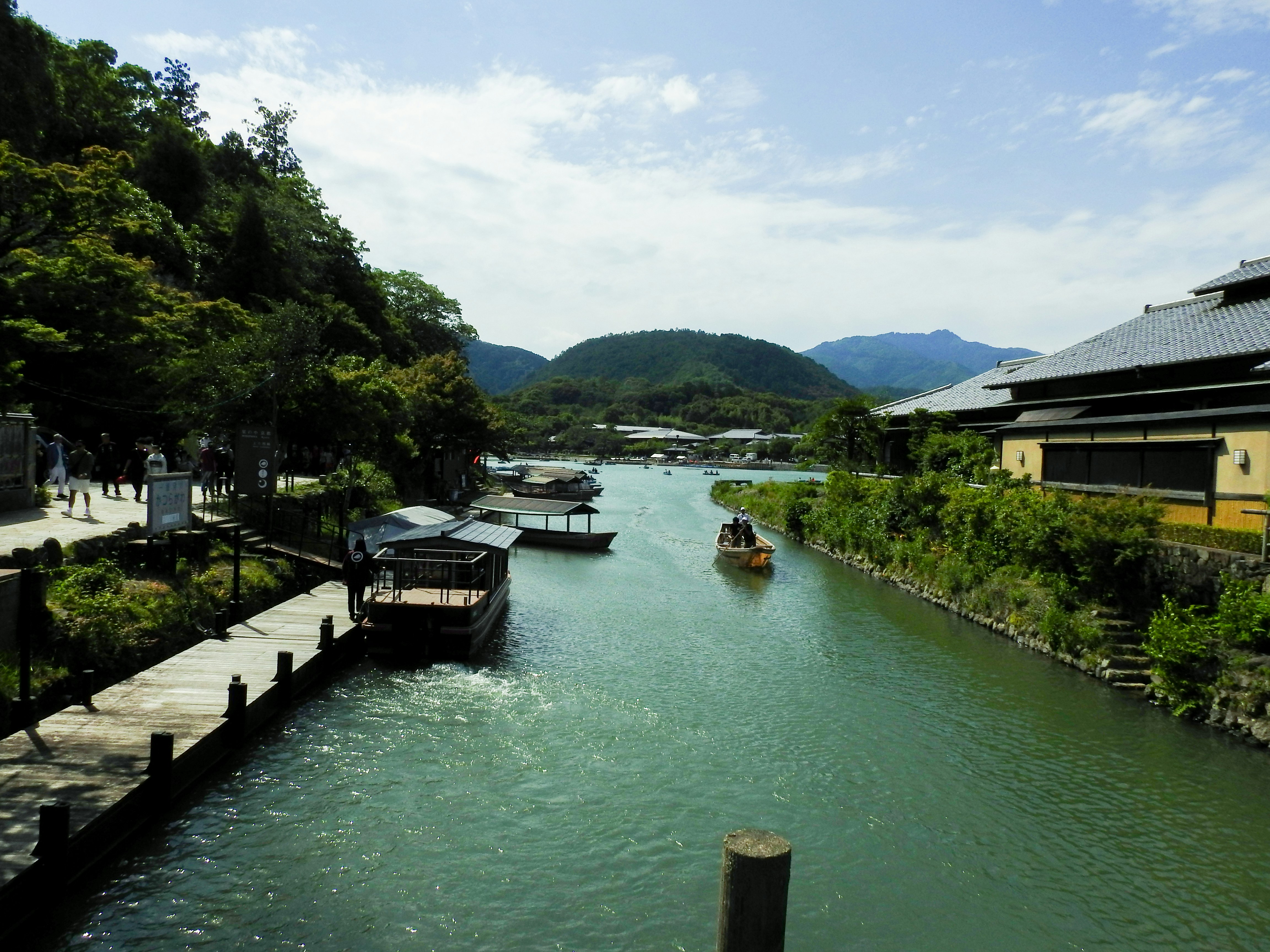.svg)
The Process of Buying a Property Through an Akiya Bank
.svg)
.svg)
.svg)

Castle towns in Japan offer charm, history, and hidden akiya gems. Learn the pros, challenges, and how Old Houses Japan helps you buy with confidence.


There’s something undeniably magical about Japan’s former samurai castle towns—winding stone streets, traditional architecture, historic merchant rows, and whispers of the feudal past echoing through preserved districts.
For buyers interested in more than just four walls and a roof, these towns offer the chance to own a piece of living history. And thanks to Japan’s aging population and akiya crisis, some of these culturally rich homes are surprisingly affordable.
So, what’s it like to buy a home in a former castle town—and is it right for you? Let’s dive into the opportunity (and the responsibility) that comes with owning in these historic zones.

Castle towns were built during Japan’s feudal era around a central stronghold—home to a powerful daimyo (lord) and his samurai retainers. The area surrounding the castle typically included:
Today, many of these towns still preserve their Edo-period charm—even if the castles themselves are long gone.
Famous examples include:
🏯 Architectural Beauty
From white-walled kura storehouses to dark-wood machiya, these homes are steeped in craftsmanship and character—offering the chance to live in a setting that feels like a film set (except it’s real life).
🪵 Cultural Richness
Castle towns often host seasonal festivals, maintain traditional crafts, and uphold customs that have been passed down for generations.
💴 Akiya Opportunities
Many historic homes are unoccupied, often because they’re large, require maintenance, or are protected—but that also means there are undervalued gems just waiting for the right buyer.
📸 Tourism Potential
These towns attract history buffs, architecture fans, and photographers—making them ideal for renovation-based guesthouses or cultural tourism businesses.
🛠️ Renovation Restrictions
Many castle towns are part of preservation districts (伝統的建造物群保存地区). That means:
This protects the town’s beauty—but also limits your freedom.
✅ Tip: Ask city hall if the property lies within a preservation zone, and what restrictions apply.
💸 Higher Renovation Costs
Restoring a machiya or traditional samurai residence often involves:
But subsidies may be available for preservation-focused projects.
📍 Zoning and Business Use
Want to open a café or guesthouse in a castle town? Check that your property’s zoning and land use designation allow for commercial activity.
👀 Tourism vs. Tranquility
Some castle towns (like Kanazawa) are heavily visited, while others (like Hagi or Tsuwano) are peaceful and tucked away. Choose based on whether you want quiet daily life or visitor foot traffic.
We specialize in:
We’ll help you balance the beauty and responsibility of buying in a castle town—without getting lost in the legal or cultural fine print.
Buying a home in a former samurai castle town isn’t just a real estate purchase—it’s a commitment to becoming part of a centuries-old story. It’s perfect for buyers who value heritage, aesthetics, and purpose-driven living.
Whether you’re restoring a samurai home to its former glory or breathing new life into a merchant townhouse, Old Houses Japan is here to guide you every step of the way.
Start your journey with Luxey today! Sign up for free and get instant access to the best property listings.



